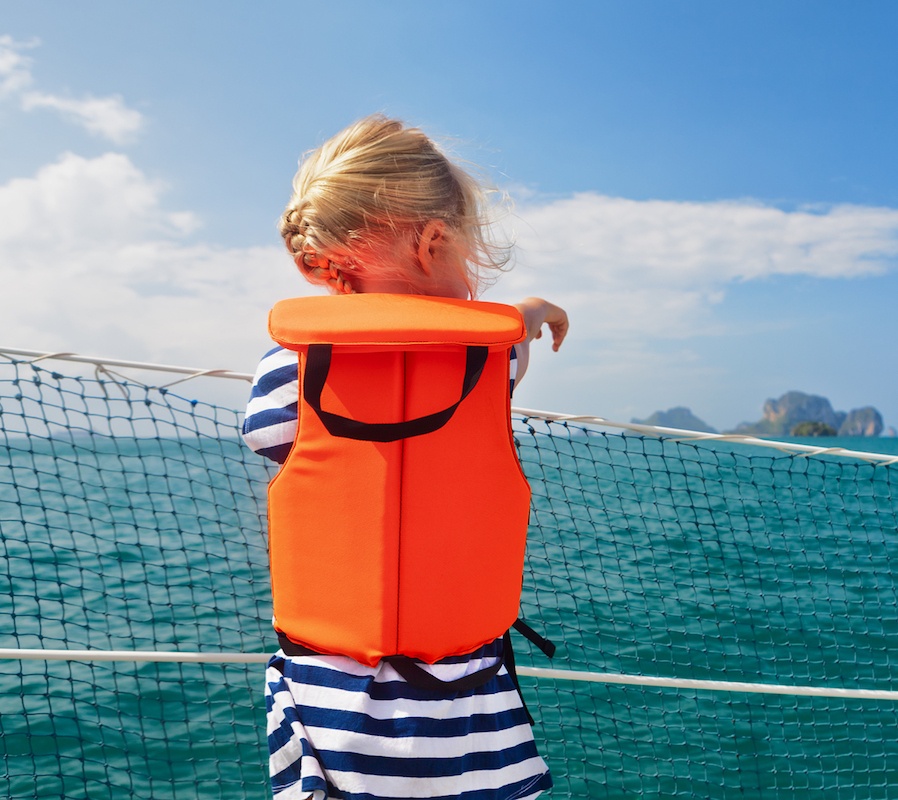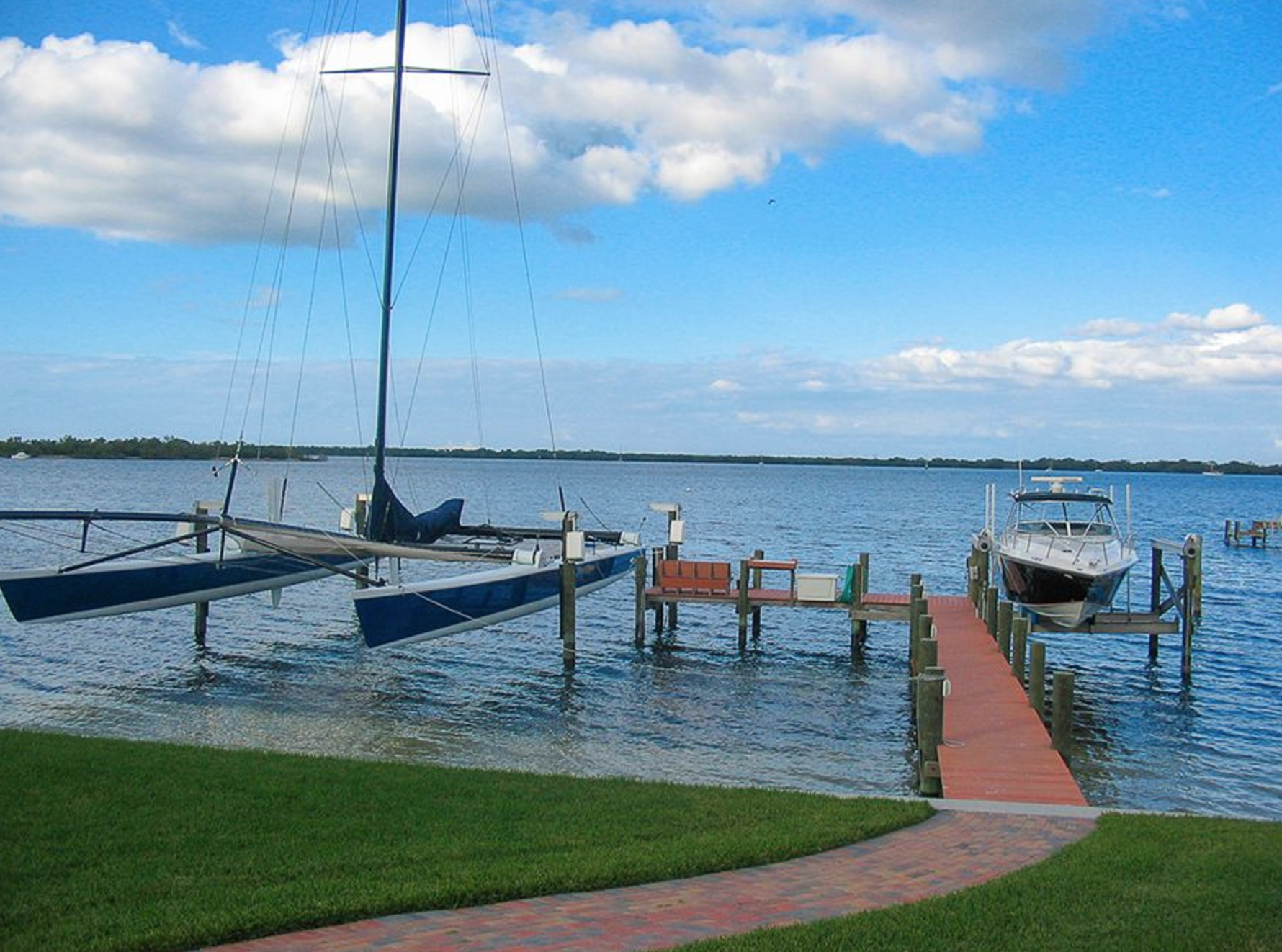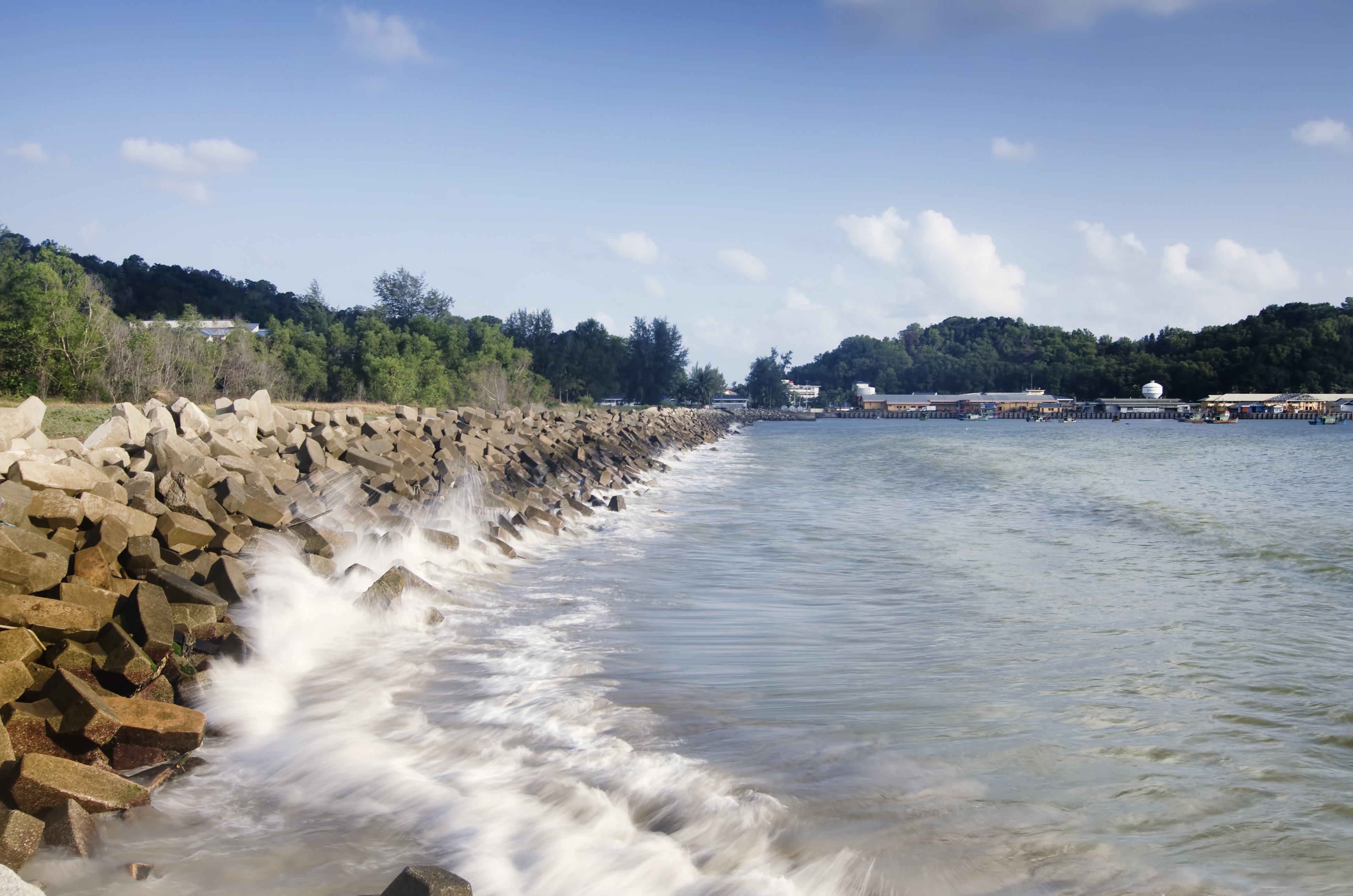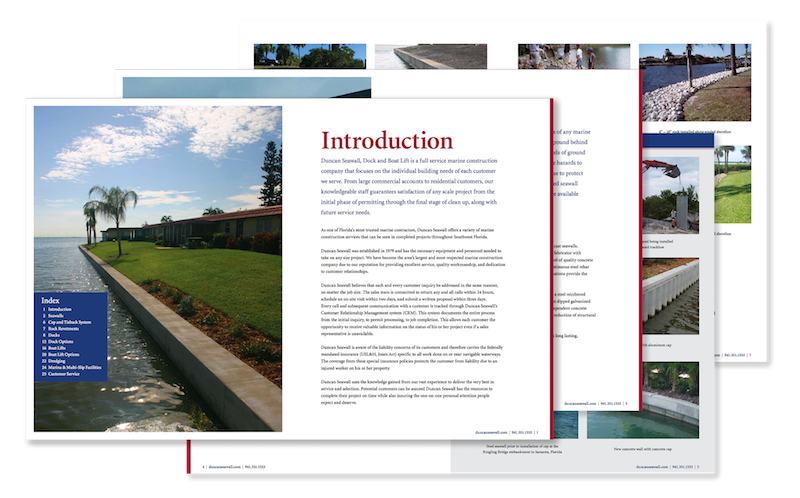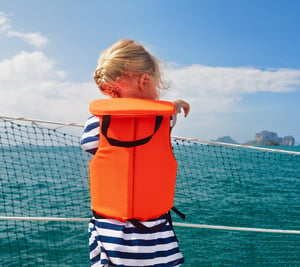 Both Florida and federal laws require that watercraft of all sizes be equipped with certain safety gear. A failure to carry this equipment can result in a citation and fine, but most importantly, it could cost someone their life. Below is a checklist of what you will need on your boat in order to remain both legal and safe.
Both Florida and federal laws require that watercraft of all sizes be equipped with certain safety gear. A failure to carry this equipment can result in a citation and fine, but most importantly, it could cost someone their life. Below is a checklist of what you will need on your boat in order to remain both legal and safe.
Related Blog: Boating Laws in the State of Florida
Personal Flotation Devices
The use of personal flotation devices, also called life jackets or vests, can help prevent unfortunate tragedies from occurring. As such, the following standards have been implemented to prevent drownings.
At least one wearable personal flotation device per person is required to be available on all watercraft regardless of size. In general, the law does not require these devices be worn unless the following conditions are true:
- If the vessel is under 26 feet in length, all individuals under the age of 6 must wear a personal flotation device while on board.
- All persons operating or riding a personal watercraft, such as a Jet Ski, Sea-Doo, or other brand, must wear personal flotation devices.
- All water skiers must wear a personal flotation device regardless of age and boat size.
In addition to individual personal flotation devices, state and federal regulations require that at least one throwable personal flotation device, known as a Class IV device, be on board all vessels greater than 15 feet in length. These devices should be within arm's reach for immediate use, or the boat will not be in compliance with the law.
Fire Extinguishers
Another serious threat to boaters is fire. An out-of-control, on-board fire is a reason to abandon ship, and that is why fire extinguishers are required to be kept on vulnerable watercraft.
In Florida, all powered boats with inboard motors are required to carry at least one fire extinguisher designated with a B-I classification, unless the boat exceeds 26 feet in length. In that case, at least one additional B-I fire extinguisher is mandated, and boats longer than 40 feet in length must also contain a third B-I fire extinguisher.
For boats that require more than a single B-I fire extinguisher, a B-II fire extinguisher may take the place of any two B-I devices. Be sure to note that B-designated fire extinguishers refer to marine-approved devices and that the numbering system (I or II) references the capacity of the specific extinguisher.
Audible and Visual Distress Devices
If you become lost or experience other life-threatening problems, a distress device is necessary for getting the attention of others. That's why Florida laws mandate that boats be equipped with appropriate audible and visual distress devices.
From an audible perspective, sound-producing distress devices must be carried on board all boats under 66 feet in length. The law doesn't stipulate what type of device must be used, as bells, whistles, horns, and other noisemakers are all permissible. However, the device should be loud and capable of producing sounds that are easily distinguished from other noises on the water.
To comply with state and federal regulations, boats under 16 feet in length are required to carry nighttime visual distress devices, while daytime visual distress devices are optional. Boats exceeding 16 feet must have both types of devices on board to be in compliance.
Visual distress devices include red flares, parachute flares, smoke-producing devices, and flashing lights. Be sure to have the appropriate devices in place depending on the boat size and whether or not you will be operating at night.
Duncan Seawall is not an authority on Florida boating laws, please make sure to check Florida law.



